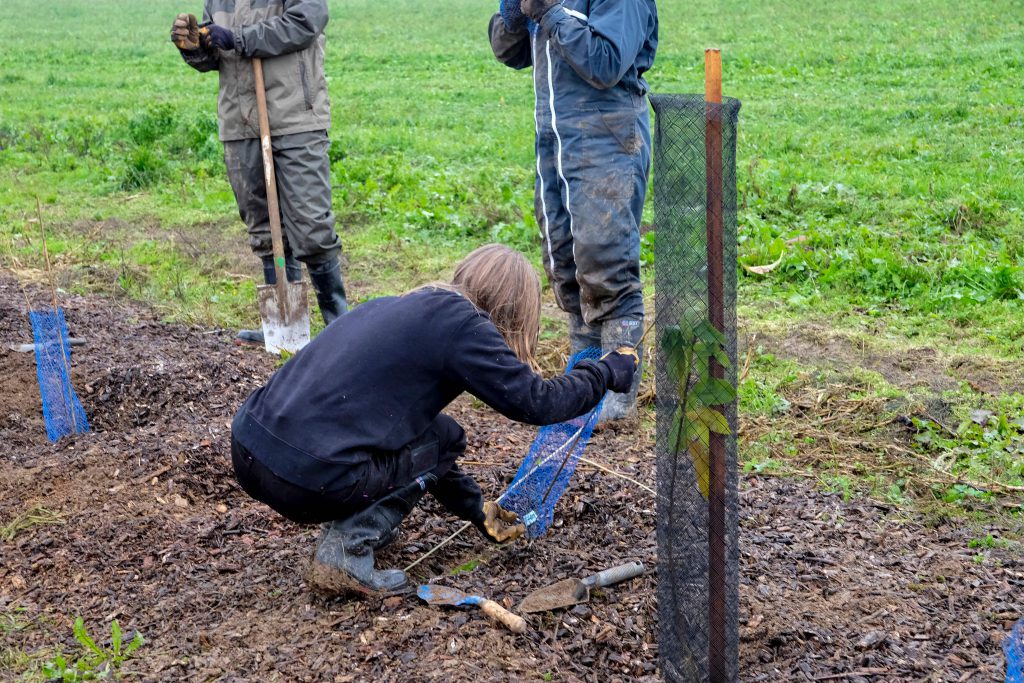Planting a hedge can be a rewarding experience, both aesthetically and functionally. A well-maintained hedge can provide privacy, act as a windbreak, and enhance the beauty of your property. However, before you start digging, it’s essential to be aware of the rules and best practices surrounding hedge planting in Belgium.

Understanding the legal height of a hedge
The height of a hedge can be a contentious issue, especially if it obstructs a neighbor’s view or sunlight. Here are the national guidelines you should be aware of:
– For hedges located near a road intersection, the height cannot exceed one meter.
– If the hedge is planted less than 2 meters from your neighbor’s property, it should not surpass 2 meters in height.
– Hedges planted more than 2 meters away from the boundary are not restricted in height.
However, these are national rules, and local municipalities might have their own regulations. It’s always a good idea to check with your local council before planting.
Where can you plant a hedge?
If you and your neighbor mutually decide to plant a hedge between your properties, you can place it right on the boundary line. This hedge then becomes a joint property, and both parties share the responsibility of its maintenance. While the legal height should be adhered to, beyond that, each neighbor has the freedom to manage their side of the hedge. It’s essential to have clear communication and agreement to maintain harmony.
On the other hand, if you wish to plant a hedge independently, there are additional rules to consider. For instance, you cannot plant it less than 50 cm from the property boundary.
Planting a hedge against a fence or wall
Planting a hedge adjacent to a fence or wall is permissible. However, the hedge’s height should not exceed that of the fence. It’s crucial to discuss this with your neighbors and get their consent. Documenting the agreement can be beneficial in case of future disputes. Remember, new neighbors might have different views, so it’s always good to revisit and reaffirm agreements.
Steps to plant a hedge
A natural hedge is typically planted using bare-root plants. It’s advisable to use plants that are approximately 80 cm tall for best results.
The ideal time to plant a hedge is from early November to late March. This period is when plants are dormant, ensuring better growth and survival rates. Here are some steps to guide you:
1. Preparation: Once you’ve purchased your plants, plant them as soon as possible to prevent the roots from drying out or freezing.
2. Digging: Create a trench about 40 cm wide and deep. Loosen the soil well to facilitate root growth.
3. Soil enrichment: Adding compost and bone meal can significantly boost the hedge’s growth and health.
4. Planting: Typically, planting four plants per meter will yield a dense and lush hedge.
5. Watering: After planting, ensure the hedge receives adequate water, especially if rainfall is scarce.
Conclusion
Planting a hedge is more than just a gardening activity; it’s an investment in the beauty and functionality of your property. By following the tips and adhering to the legal guidelines, you can ensure that your hedge not only thrives but also coexists harmoniously with neighbors and the environment.

 Open Immovlan
Open Immovlan